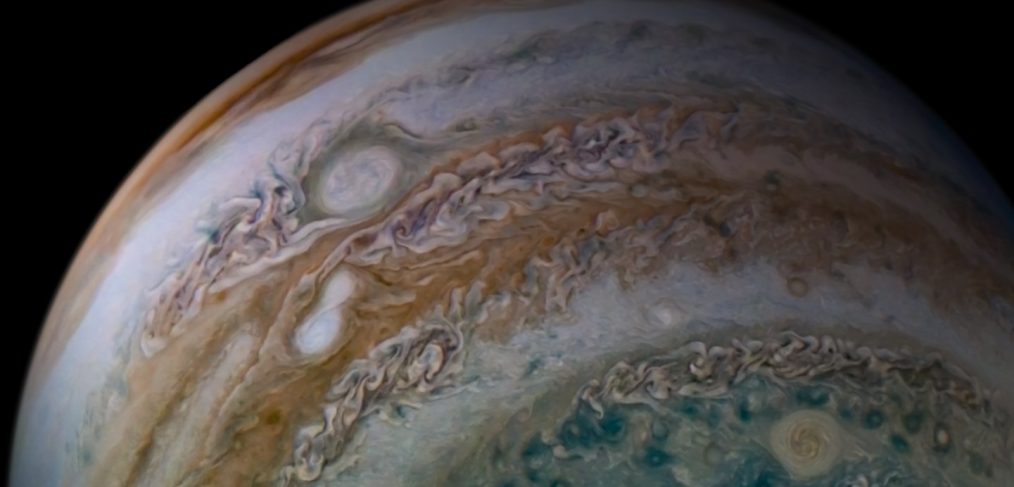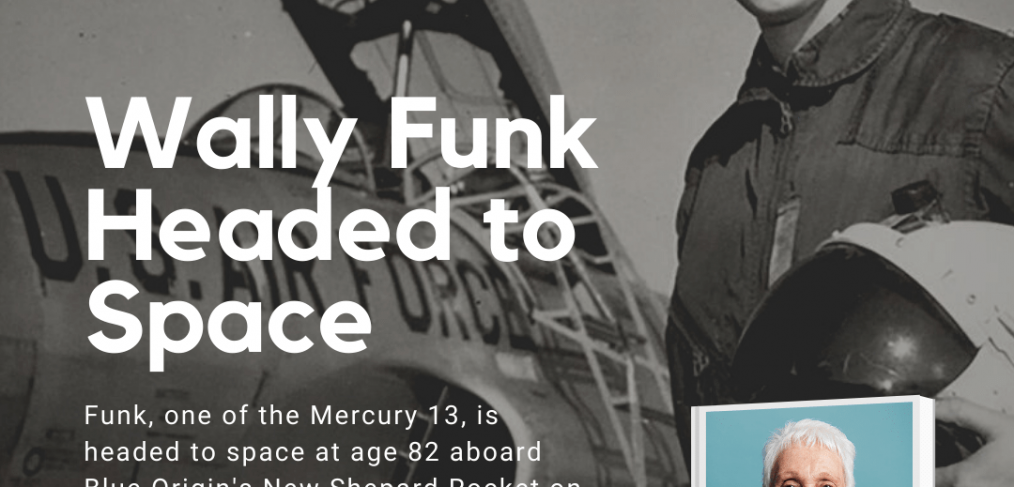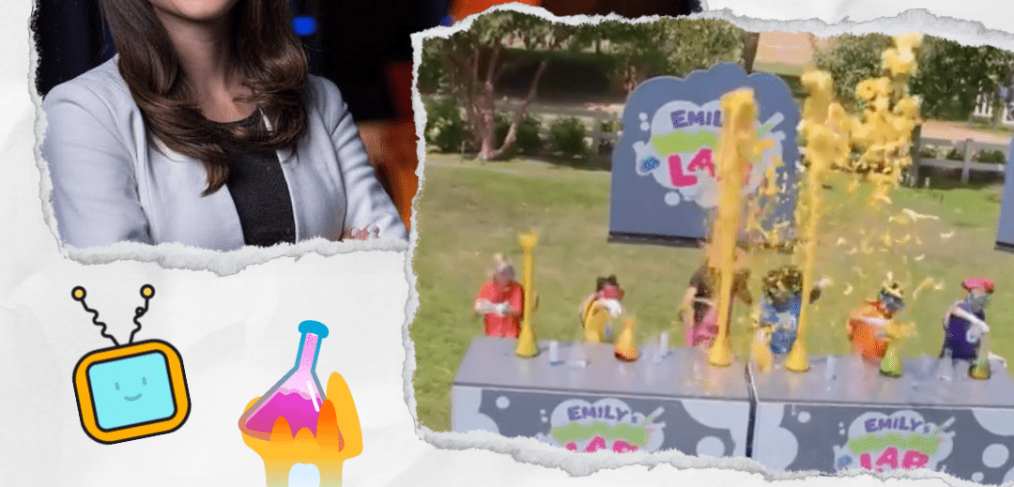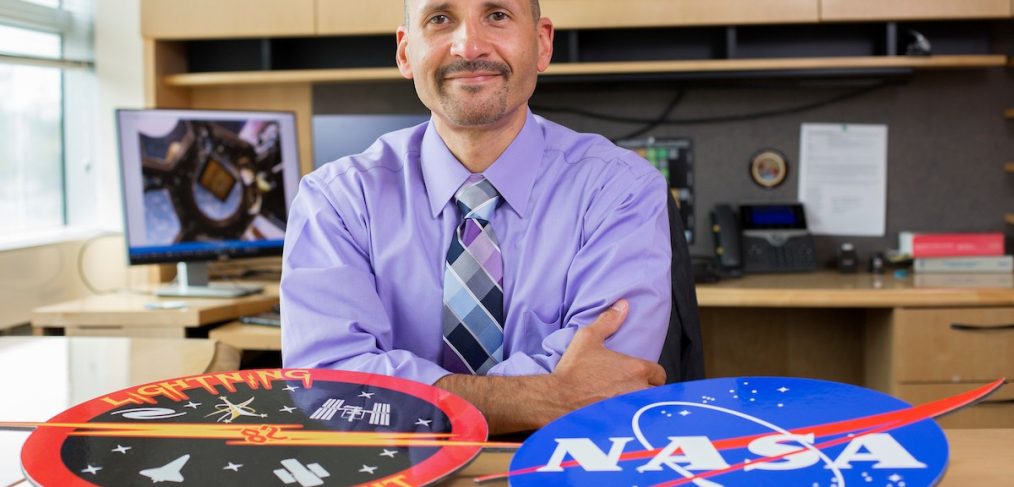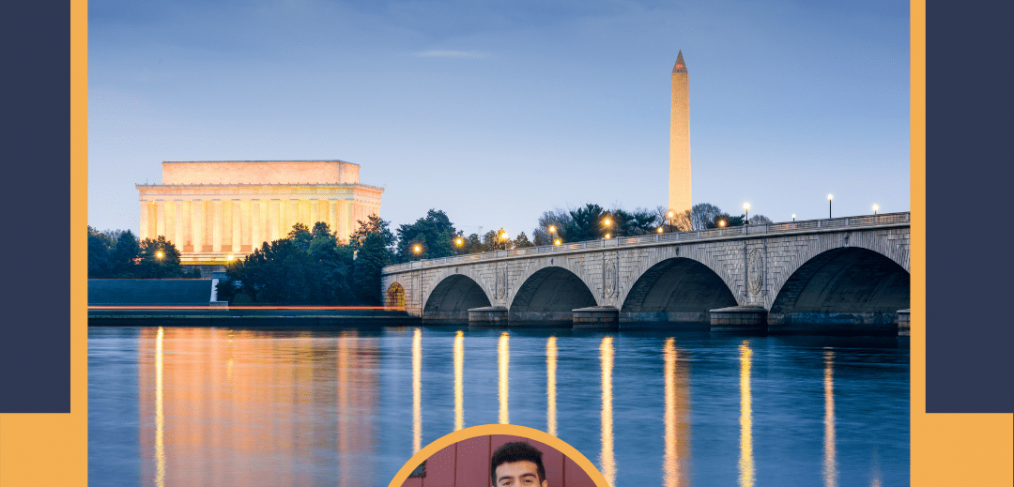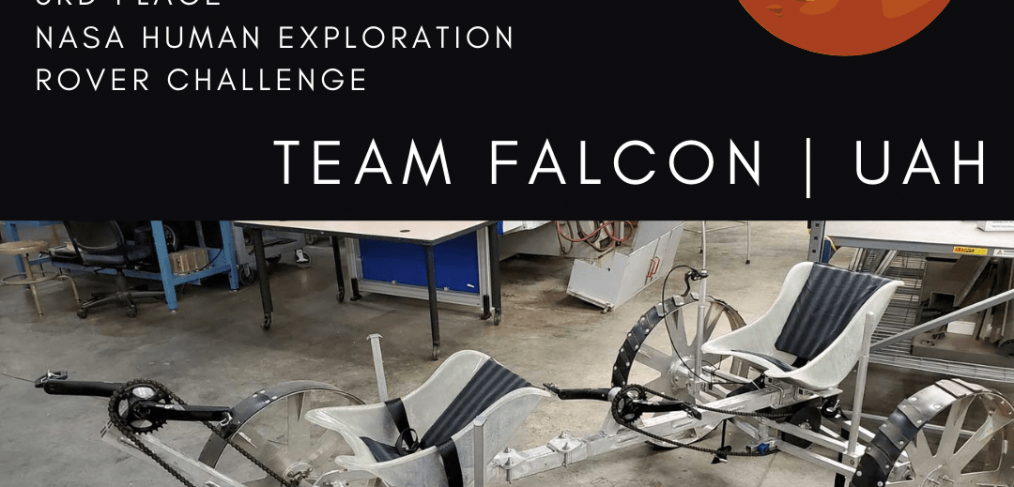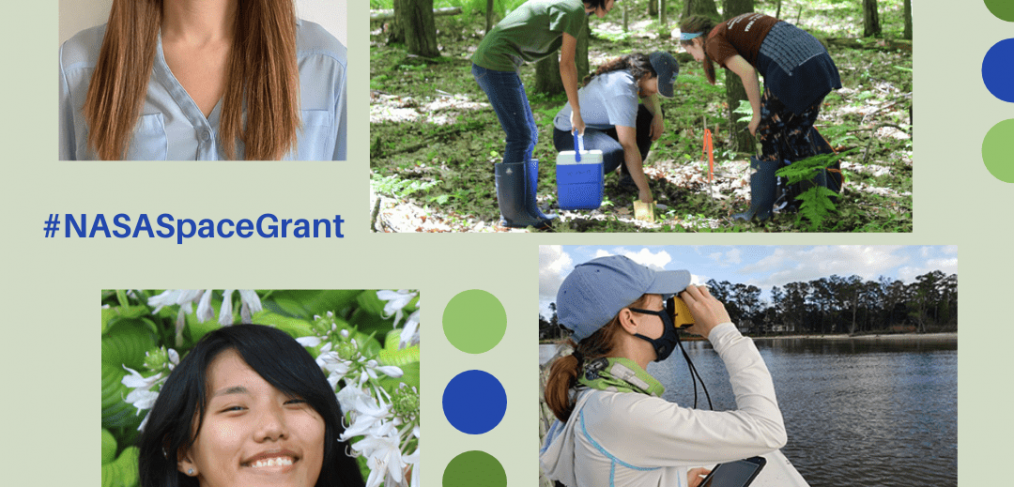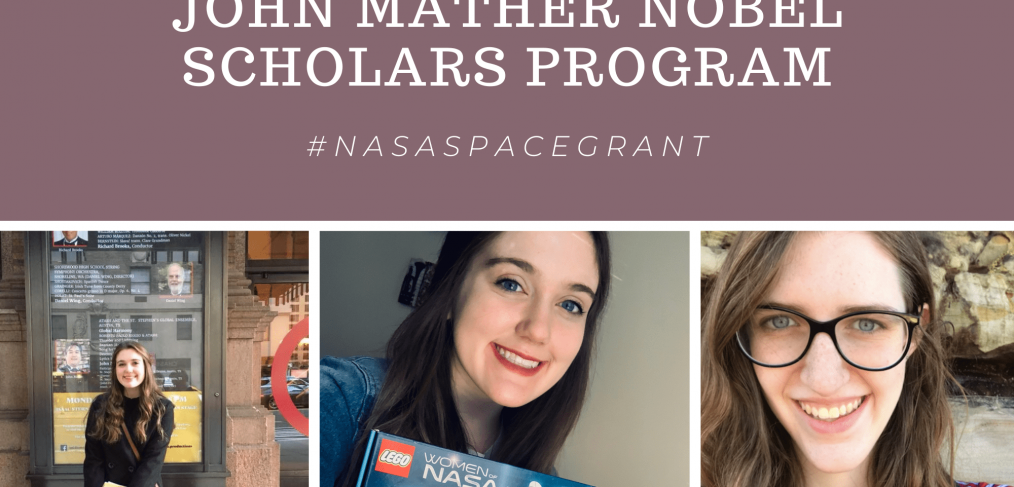Ride along with Juno
The Juno spacecraft made its most recent flyby of the giant planet Jupiter on June 8, 2021. Shortly before its closest point to Jupiter – the 34th of the mission, or perijove 34 – Juno flew closer to Jupiter’s large moon Ganymede than any spacecraft has in more than two decades. On July 14, NASA released the beautiful video above. It lets you ride along with the Juno spacecraft on this most recent sweep past Ganymede and Jupiter. The video is gorgeous and evocative. Juno’s principal investigator Scott Bolton of the Southwest Research Institute in San Antonio said in a statement:
The animation shows just how beautiful deep space exploration can be. It’s a way for people to imagine exploring our solar system firsthand by seeing what it would be like to be orbiting Jupiter and flying past one of its icy moons.
Read the full article here.
Author: Deborah Byrd
Image Credit: NASA JPL


